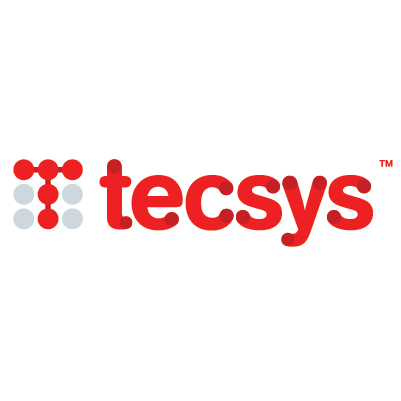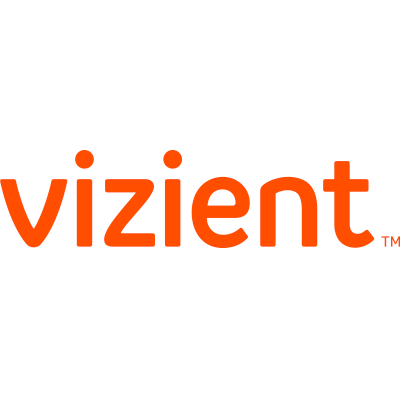Nursing Technology Advanced through RTLS Solutions: An Overview
Real-Time Location Systems (RTLS) are indoor tracking systems that identifies the real-time physical location of personnel and equipment within a healthcare facility.
Vizzia’s RTLS solutions offer a transformative Nursing Technology solution to enhance nursing efficiency and elevate patient care in healthcare settings.
By leveraging Vizzia’s RTLS technologies, healthcare institutions can significantly reduce the time nurses spend searching for medical equipment, allowing them to dedicate more time to direct patient care.
Nursing Technology powered by RTLS Solutions can help with nursing staff burnout.
Nursing Technology Helps Solve the $14 Billion Problem
Nursing Technology that Leverages RTLS Helps Nurses Locate Needed Medical Supplies
Nursing Inefficiencies Due to Asset and Equipment Search
A recent research study estimates that nearly $14 Billion is wasted in nursing time each year, with nurses spending approximately one-third of their time trying to locate medical equipment.
To optimize nursing efficiency and enhance patient care, addressing time management waste is essential. Up to 60 minutes per shift are wasted by nurses searching for equipment.
Vizzia’s RTLS solutions can empower nurses and healthcare professionals to provide the highest level of patient care. The positive impact of RTLS on workflow, asset management, as well as staff and patient safety underscores its essential role in the logistical aspects of hospital settings.















